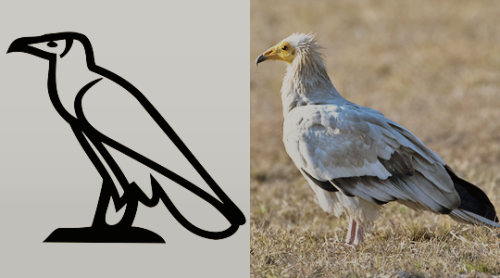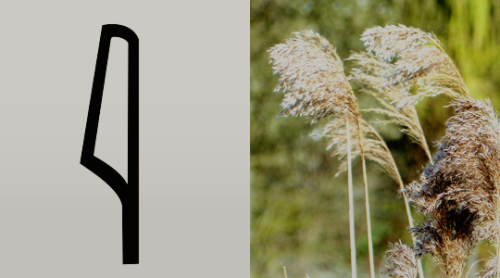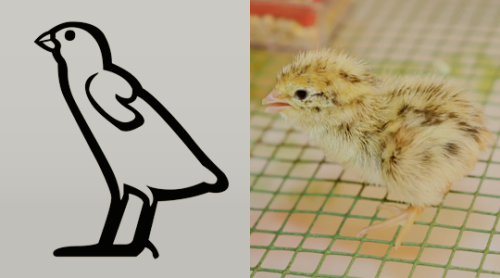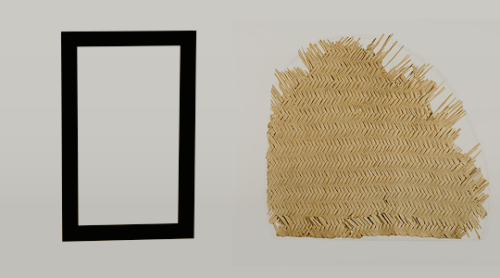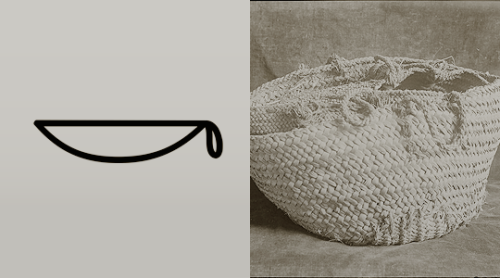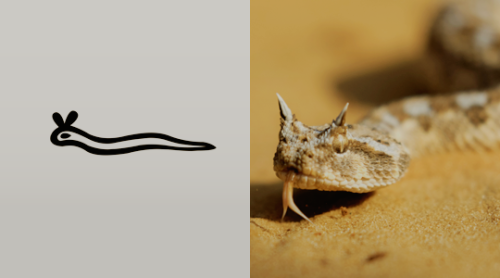rudjedet:nathanielthecurious:rudjedet:saydams:ancientegyptdaily: Hieroglyphs vs real life examples:E
rudjedet:nathanielthecurious:rudjedet:saydams:ancientegyptdaily: Hieroglyphs vs real life examples:Egyptian vulture (ꜣ = “ah”)flowering reed (i = “ee”) quail chick (w = “oo”) reed mat (p) reed basket (k) horned viper (f) These are much more accurate than i had assumed. We can actually determine different species of birds based on their hieroglyphic counterparts. Ancient Egyptians were sticklers for details. The point about being sticklers for details makes me want to learn about hieroglyphic paleography. Does less “careful” or less “formal” writing (or just certain mediums like book hand vs. monumental inscriptions) tend to simplify the more detailed bird hieroglyphs, for instance? Oh yes, absolutely! “Book” hand is either cursive hieroglyphs or Hieratic, both of which are a lot lower on the detail than the carved hieroglyphs by virtue of the difference in medium. They’re different types of handwriting used for writing down the non-monumental version of the classical Egyptian languages. Monumental inscriptions themselves do tend to differ somewhat in terms of details, but in that case it doesn’t depend on formal/informal, since carved hieroglyphs are always formal because of their monumental nature. Any differences in portrayal of e.g. birds changes between the type of relief (raised/low or even painted), but it can also be a stylistic choice, or quite simply be a small idiosyncracy on that particular craftsman’s part.For example, the White Chapel birds/glyphs overall look like this:They are supremely detailed and quite honestly a lot of Egyptologists agree that Senwosret I commissioned some of the most beautiful hieroglyphic inscriptions in existence with the White Chapel.And this is an example from the tomb of Seti I, where the carved details are additionally highlighted by the paint work:As you can see, both the vulture and the quail chick have a similar type of detail compared to the White Chapel.But then we also have incriptions like this one of Intef, chancellor during the reign of Hatshepsut/Thutmose III, which is a low relief and, as you can see, a lot simpler:Still great craftsmanship, mind you, and you can still tell birds apart. Monumental inscriptions are by and large the most detailed because of the medium (stone), though even when written with ink on papyrus or pot sherds we are able to discern each bird from the other because of their respective unique features.Egyptian paleography and epigraphy are honestly amazing, you can tell for instance when several workmen worked on the same inscription/stelae (happened a lot!) just by looking at things like the spacing, glyph height, the small idiosyncracies I mentioned above, etc. Sometimes the differences are minute, sometimes they’re very clear. The only time we’re unable to discern a vulture from, say, the tiw-bird or the owl is when we’re dealing with one of Kurt “I’m making my hieroglyphic handwriting everyone else’s problem” Sethe’s transcriptions. -- source link
